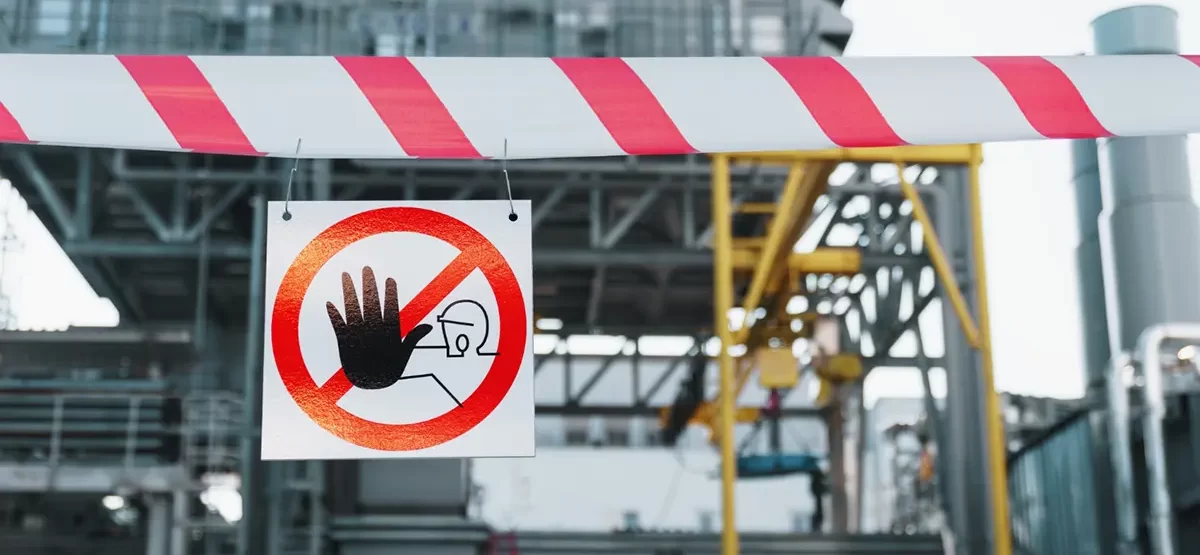
The significance of safety signs in complying with regulations
The importance of safety signs cannot be overstated. These visual communication tools are of utmost importance as they guide individuals, prevent accidents, and ensure a safe environment. In this blog post, we will delve into the significance of proper safety signage and its crucial role in adhering to safety regulations without resorting to plagiarism.
The Power of Safety Signs
Safety signs serve as invaluable beacons that provide crucial information and warnings to navigate potential hazards. Whether it’s indicating emergency exits, marking dangerous areas, or cautioning against slippery floors, these signs are indispensable in promoting safety awareness and influencing responsible behaviour.
Compliance with Safety Regulations
Safety regulations are in place to protect individuals and ensure a safe workplace or public area. Businesses and institutions are legally obligated to use specific safety signs in designated areas. Compliance with safety regulations is not only a legal responsibility but also a moral duty to prioritize the well-being of employees, visitors, and the general public.
The Role of SABS in Safety Signage
The South African Bureau of Standards (SABS) plays a vital role in establishing the standards for safety signs. These standards aim to maintain uniformity and clarity in design and usage. While not all safety signs need SABS certification, it is essential to ensure that the signs meet the specifications and standards set by the SABS. Adhering to these guidelines ensures that safety signs effectively convey essential messages and warnings.
The Importance of SABS Stipulated Sizes
The SABS has designated specific sizes for safety signs, carefully designed to optimize visibility and readability. The size of the pictogram on a safety sign must be proportionate to the backing sheet, enabling easy recognition even in emergencies. Standardized sizes also facilitate universal comprehension and interpretation of safety signs across different locations and industries.
Customization within SABS Guidelines
While complying with SABS standards is critical, businesses can still benefit from customization within these guidelines. Incorporating company logos or specific messages can enhance brand identity while reinforcing safety protocols. However, it is vital to ensure that customization does not compromise the visibility and clarity of the safety signs.
Conclusion
In conclusion, safety signage plays a pivotal role in creating a safe and secure environment. Adhering to safety regulations and complying with SABS standards are vital steps in ensuring that safety signs effectively convey essential information. By prioritizing proper safety signage, businesses demonstrate their commitment to the welfare of employees, visitors, and the community. Remember, safety is a collective responsibility that begins with effective communication through appropriate safety signs.

